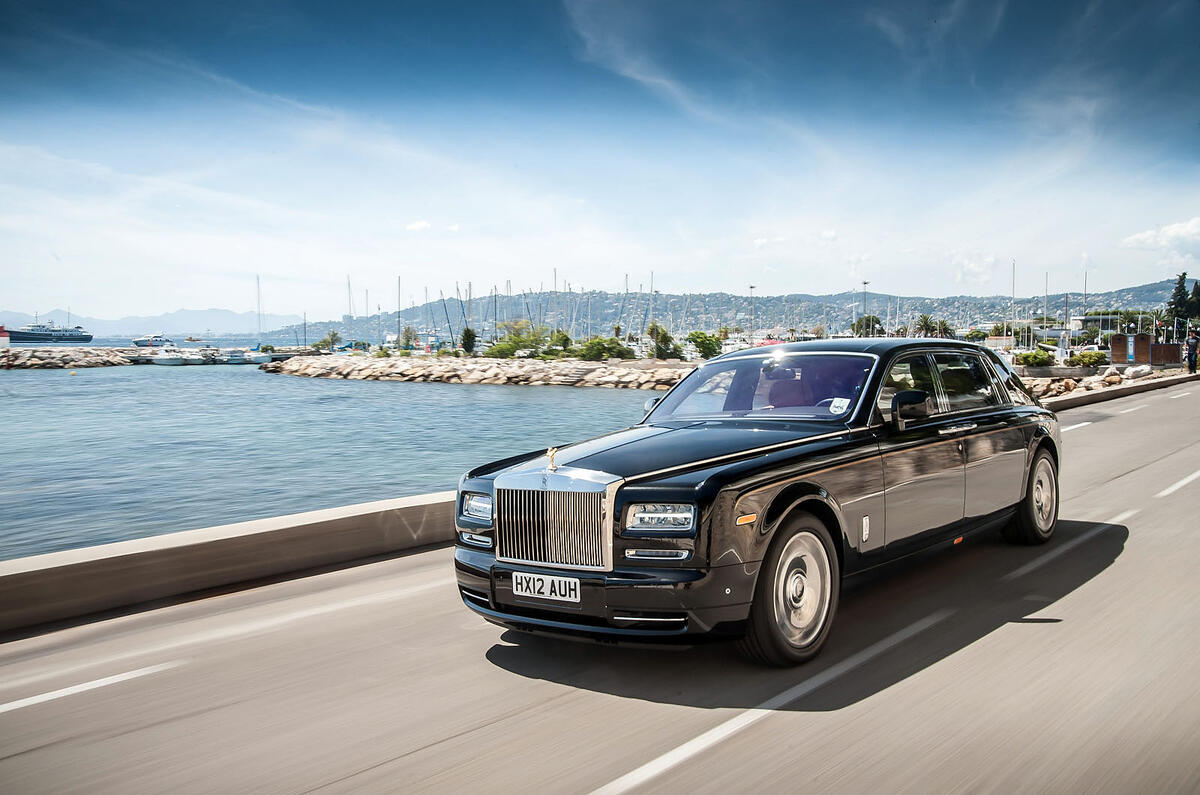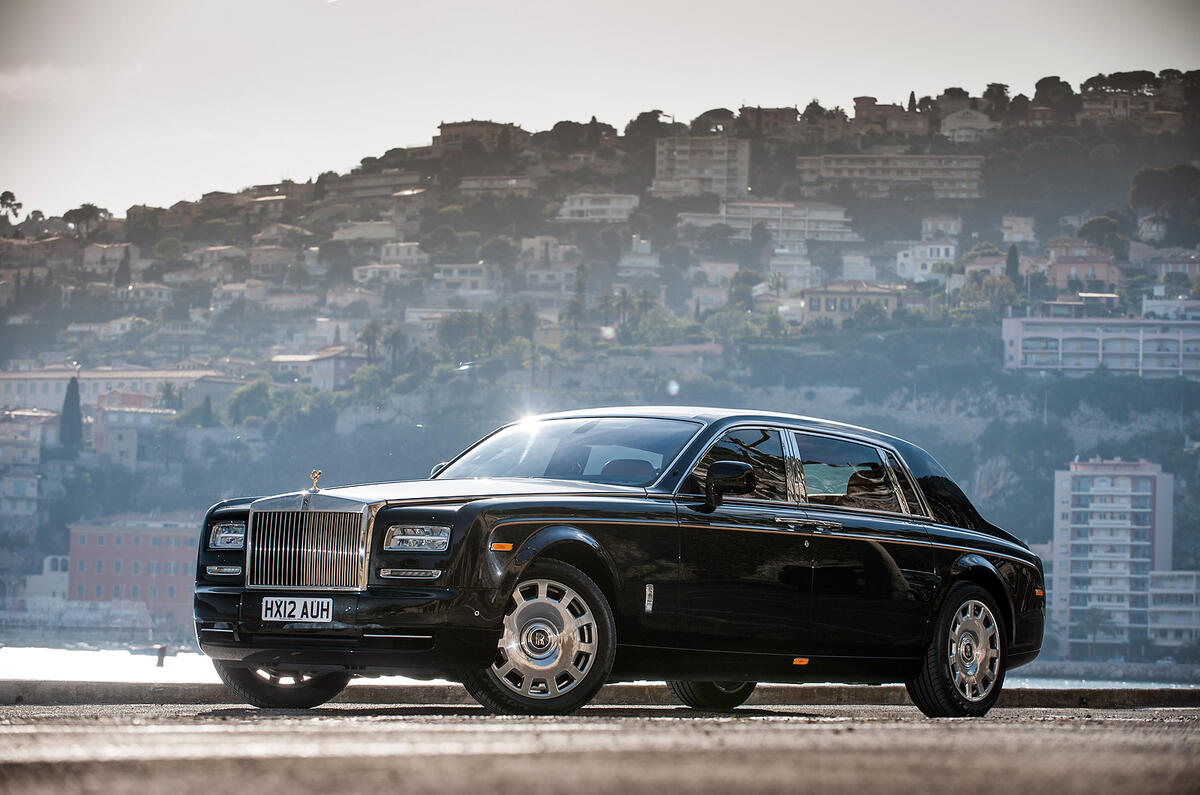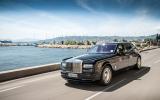What is it?
“No no,” says Torsten Müller-Ötvös, CEO of Rolls-Royce. I have just made the mistake of likening the Phantom Series II to something else within the motor industry. “It’s not a car,” he insists. “The Phantom is a luxury good. The rival is not another car; it might be jewellery, or a Swiss chalet, but not a car. The Phantom is how [the buyer] rewards themselves for a job well done, or as a gift to themselves.”
It is a car, of course. Torsten knows that, unless – and this seems unlikely – he hasn’t seen the bit on the company stationery that reads ‘Rolls-Royce Motor Cars’. But the point he’s making is a fair one: most of the usual rules don’t apply to Rolls-Royce.
What other car could you leave on sale unchanged, aside from the arrival of new body styles, for nine whole years? It’s testament to the quality of the purity of the original item that the Phantom looks and feels as good as it did at its launch in 2003.
Better, you could argue. Those looks weren’t everyone’s cup of char a decade ago, but today they’re like smoke-free pubs, or Jack Dee presenting I’m Sorry I Haven’t A Clue: the unfamiliar made familiar to the point of institution.
Some market forces still apply, of course. Rolls-Royce customers apparently didn’t rate the decade-old satellite navigation system, which is understandable. And the Phantom saloon’s sales curve has threatened to follow a traditional market trend: an early peak, gradually tailing back. It has been offset, however, by the growing supply of exceptionally wealthy people, which is increasing by around 10 per cent a year.
What's it like?
Nonetheless, 2012 is makeover time. The biggest visual difference is at the front. A Series I Phantom had round main lights, but the Series II gets two rectangular light arrays, consisting entirely of LEDs. There are two new alloy wheel options, minor brightwork changes to the side, and a new rear bumper that gives a neat bum lift. Unseen is the swapping of the old six-speed auto for an eight-speed unit, which promises smoother shifts and a 10 per cent improvement in fuel economy.
And that’s it. There’s the same hand-welded aluminium chassis, the same five-coat-minimum paint finish with hand sanding between coats, and the same five-hour polish at the end. And if you want coach stripes, they’re still applied by hand with a squirrel-and-ox-hair brush.
Inside, then. Previously there were five cushioned panels on each seat back; now there are three (it’s more contemporary). The dash is a touch flatter (likewise). There’s that sat-nav and communications upgrade (praise be). But customers primarily said: by all means give it a tweak, but for heaven’s sake don’t spoil it.
So Rolls hasn’t. If you like your back seats, you’ll be pleased to hear that there are few better than those in our test Extended Wheelbase (EWB) Phantom. Spacious, comfortable, but straightforward – as standard they’re heated but not cooled, with no particular range of adjustment. They just work properly in the first place.
Most Phantom owners, though, prefer to be behind the wheel. “It’s a driver’s car,” says Müller-Ötvös. “At least in Europe, and America, most Phantoms are driven by the owner. They might get a chauffeur for a trip to the opera or sometimes to dinner, but even the saloon is driven. And of course, the Coupé and the Drophead Coupé are driver’s cars.”



























Join the debate
Add your comment
The Phantom looks just as
The Phantom looks just as ugly as ever and the gold flying lady of the test car looks awful.
I think the Ghost is a much more agreeable car.
Phantom
Its almost the same design than the Phantom Series 1. It just got a new back bumper and ne headlamps... The person who buys the Phantom Series 2 just wanna show he can buy a BRAND NEW ROLLS !
RR Phantom
I agree with other here.This is one of those ageless cars that stands out from the crowd,for all the right reasonsNote to self BMW.